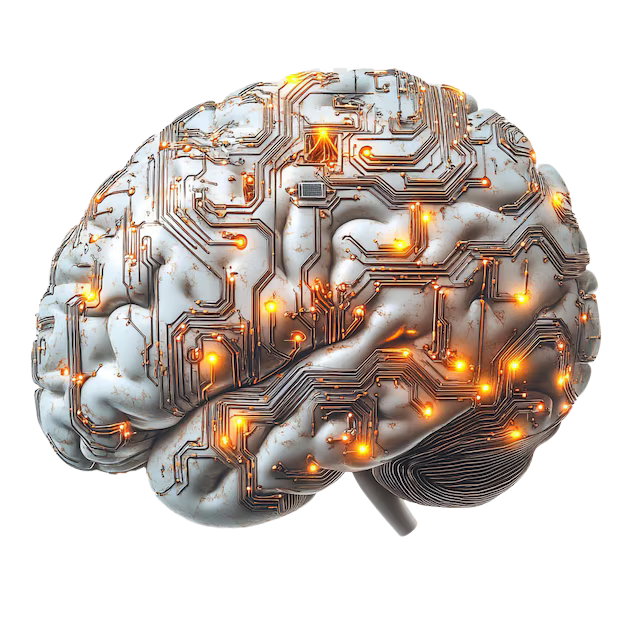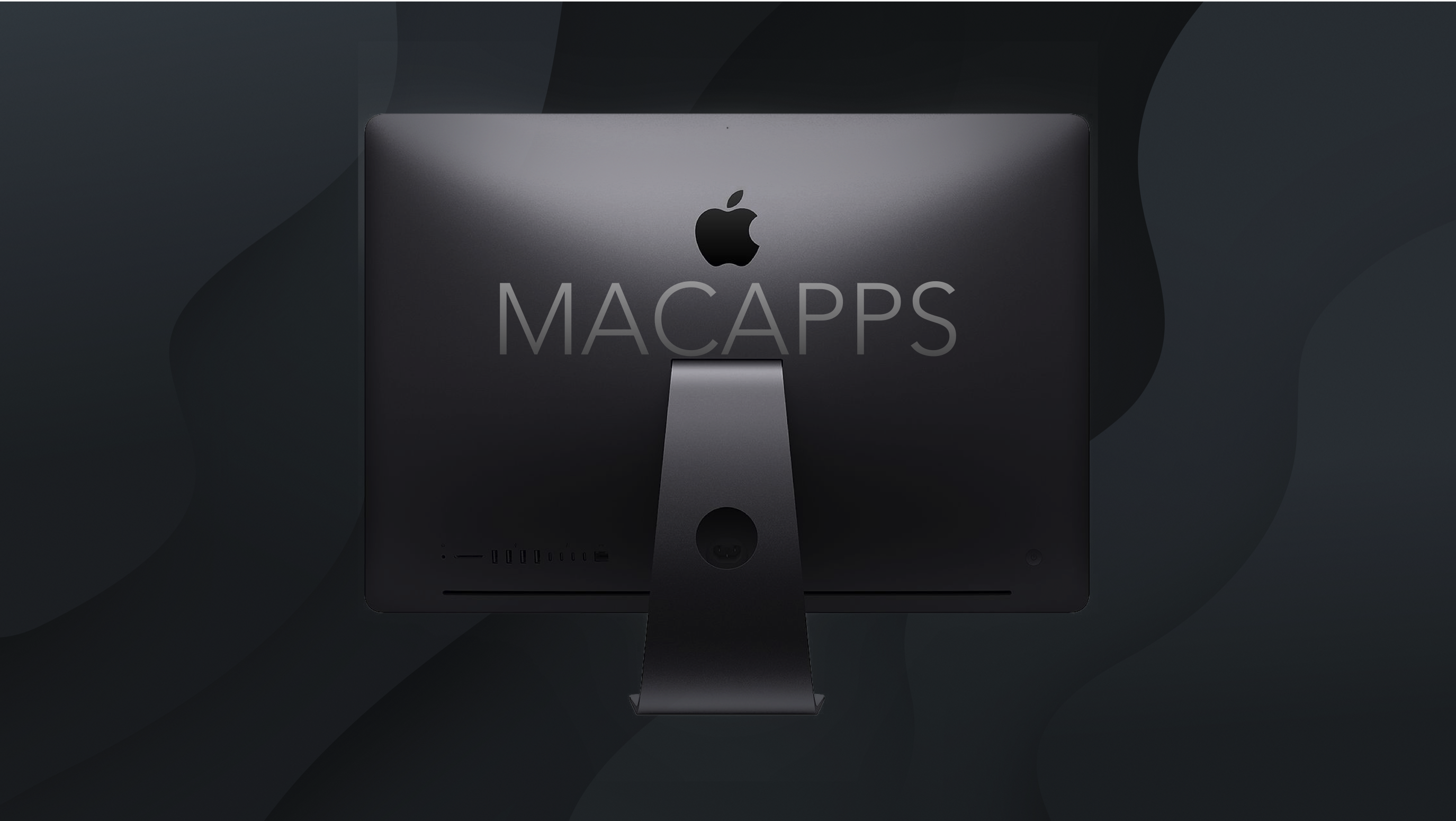APPLE AI and MACHINE LEARNING
Apple’s approach to Machine Learning (ML) and the Neural Engine is a crucial part of the company’s strategy to integrate intelligence into its devices, while maintaining a seamless, user-friendly experience. These technologies are not just part of Apple’s software and services, but are also deeply embedded in the hardware of Apple’s devices, allowing for powerful, on-device ML capabilities that prioritize performance and privacy.

Machine Learning is a subset of Artificial Intelligence (AI) that focuses on building systems that can automatically learn from data and improve over time without explicit programming. ML models analyze data, detect patterns, and make predictions or decisions based on that information.
In Apple’s ecosystem, machine learning is used to enhance a variety of features across its devices, from photography and speech recognition to health monitoring and augmented reality (AR).
Apple provides a set of tools and frameworks that allow developers to easily integrate machine learning capabilities into their apps. These frameworks help app developers incorporate intelligent features such as image recognition, natural language processing (NLP), and predictive analytics without needing to be AI experts.
- Core ML:
- Core ML is Apple’s primary machine learning framework, which enables developers to integrate trained ML models into iOS, macOS, watchOS, and tvOS apps. It optimizes these models to run efficiently on Apple devices, making the most of hardware resources while ensuring high performance with minimal power consumption.
- Core ML supports a wide range of machine learning models, including:
- Vision (for image recognition and processing)
- Natural Language (for text analysis)
- Sound Analysis (for identifying sounds in audio)
- Create ML (a tool for training ML models directly on a Mac using user data).
- Create ML:
- Create ML is a user-friendly tool designed for app developers to train machine learning models directly on their Mac, with minimal coding required. It’s particularly useful for tasks like image classification, sentiment analysis, and object detection, and it allows developers to create customized models for their specific applications.
- SiriKit, Vision Framework, and CoreML:
- These are often integrated into various Apple services, like Siri, Face ID, Photos, Health apps, and ARKit for more personalized and intelligent experiences.
The Neural Engine is a custom-designed chip within Apple’s A-series processors (such as A11, A12, A13, A14, A15, and so on) that is specifically dedicated to performing machine learning tasks. The introduction of the Neural Engine marked a major leap in Apple’s ability to run AI and machine learning tasks locally, on the device, rather than relying solely on cloud computing.
- Designed for Efficiency and Speed:
- The Neural Engine is optimized for machine learning and AI operations, making it much faster than the general-purpose CPU or GPU in tasks that require intensive computations, such as object recognition or natural language processing. This helps deliver high-performance features (e.g., facial recognition, real-time photo enhancements) without sacrificing battery life.
- Dedicated Processing for ML Models:
- While the CPU (central processing unit) handles general-purpose computing and the GPU (graphics processing unit) handles visual tasks, the Neural Engine is built to specialize in ML and AI computations. For example, the A14 Bionic chip has a 16-core Neural Engine capable of performing 11 trillion operations per second, making it capable of processing more ML models and delivering faster results.
- On-Device ML Processing:
- The integration of the Neural Engine into Apple devices enables on-device machine learning, which means data can be processed locally without needing to send sensitive information to the cloud. This is a key part of Apple’s privacy-centric approach, ensuring that user data is kept secure and private.
- For example, Face ID and Animoji both rely heavily on the Neural Engine for facial recognition and animation, but this processing is done directly on the device, without transmitting facial data to external servers.
- Enhanced Features in Photography and Video:
- The Neural Engine is responsible for powering features like Deep Fusion, Smart HDR, and Portrait Mode in the iPhone camera. These features use machine learning to analyze photos and apply adjustments like improving texture, detail, and lighting—often in real time—making photos look more professional without the need for manual edits.
- Augmented Reality (AR) and Visual Processing:
- Apple’s ARKit framework uses the Neural Engine to detect surfaces, objects, and environments, providing more immersive AR experiences. For instance, the Neural Engine helps improve the accuracy and responsiveness of AR applications by processing visual data from the camera in real time.
Apple’s machine learning framework, combined with the Neural Engine, ensures that ML models and tasks are processed both efficiently and privately. Here’s how they work together:
- Data Collection and Model Training:
- ML models are trained on large datasets (such as images, text, or audio) to recognize patterns and make predictions. While this training typically occurs in the cloud or on a developer’s Mac (using Create ML), the actual inference (or prediction) happens on the device using the Neural Engine.
- On-Device Inference:
- Once a model is trained, the Neural Engine takes over to run the model locally. Whether it’s identifying objects in photos, processing voice commands for Siri, or enhancing video, the Neural Engine accelerates these tasks by applying the pre-trained models quickly and efficiently.
- This local processing means that even tasks that require significant computational power (such as face recognition for Face ID) can run seamlessly in real time, without burdening the device’s main processor or impacting battery life as much as using a general-purpose CPU would.
- Privacy by Design:
- One of the key benefits of the Neural Engine is that it allows for machine learning to be done entirely on the device, reducing the need to send personal data to Apple’s servers. For example, when you use Siri, a lot of the speech recognition is done directly on the device, meaning that Siri doesn’t need to constantly send data to the cloud.
- Similarly, with Face ID, facial recognition happens entirely on the device and is securely stored in the Secure Enclave, further enhancing privacy.
- Face ID and Biometric Authentication:
- Face ID, which uses a TrueDepth camera system to create a 3D map of your face, relies on the Neural Engine to process and match your facial data to unlock your device. This process is secure, fast, and done locally on the device, ensuring both privacy and accuracy.
- Photos App:
- The Photos app uses machine learning powered by the Neural Engine to automatically sort and organize your photos, recognize objects, and even group them by people, locations, or events. It can recognize scenes, such as a beach or sunset, and categorize them accordingly.
- Features like Live Text also use machine learning to detect text in photos, making it clickable and searchable.
- Camera Enhancements:
- Apple’s Deep Fusion, Night Mode, and Smart HDR rely on the Neural Engine to process multiple images in real time and create a high-quality final image. The AI identifies elements like lighting, textures, and faces and adjusts the photo accordingly to ensure the best possible result.
- Health Monitoring:
- The Apple Watch uses the Neural Engine to analyze data from its sensors, such as heart rate variability, motion, and accelerometer data, to provide insights into a user’s health. It can detect anomalies like irregular heart rhythms and even monitor activity patterns to suggest workouts.
Apple’s Machine Learning and Neural Engine are at the heart of its device intelligence, bringing powerful AI capabilities directly to users in a way that’s fast, efficient, and most importantly, private. By embedding machine learning into hardware and integrating it deeply with the software, Apple offers an optimized, user-centric experience. From Face ID and intelligent photos to smarter health tracking and enhanced AR, the Neural Engine and ML technologies empower Apple devices to learn, adapt, and improve—without compromising user privacy.

0 Comments